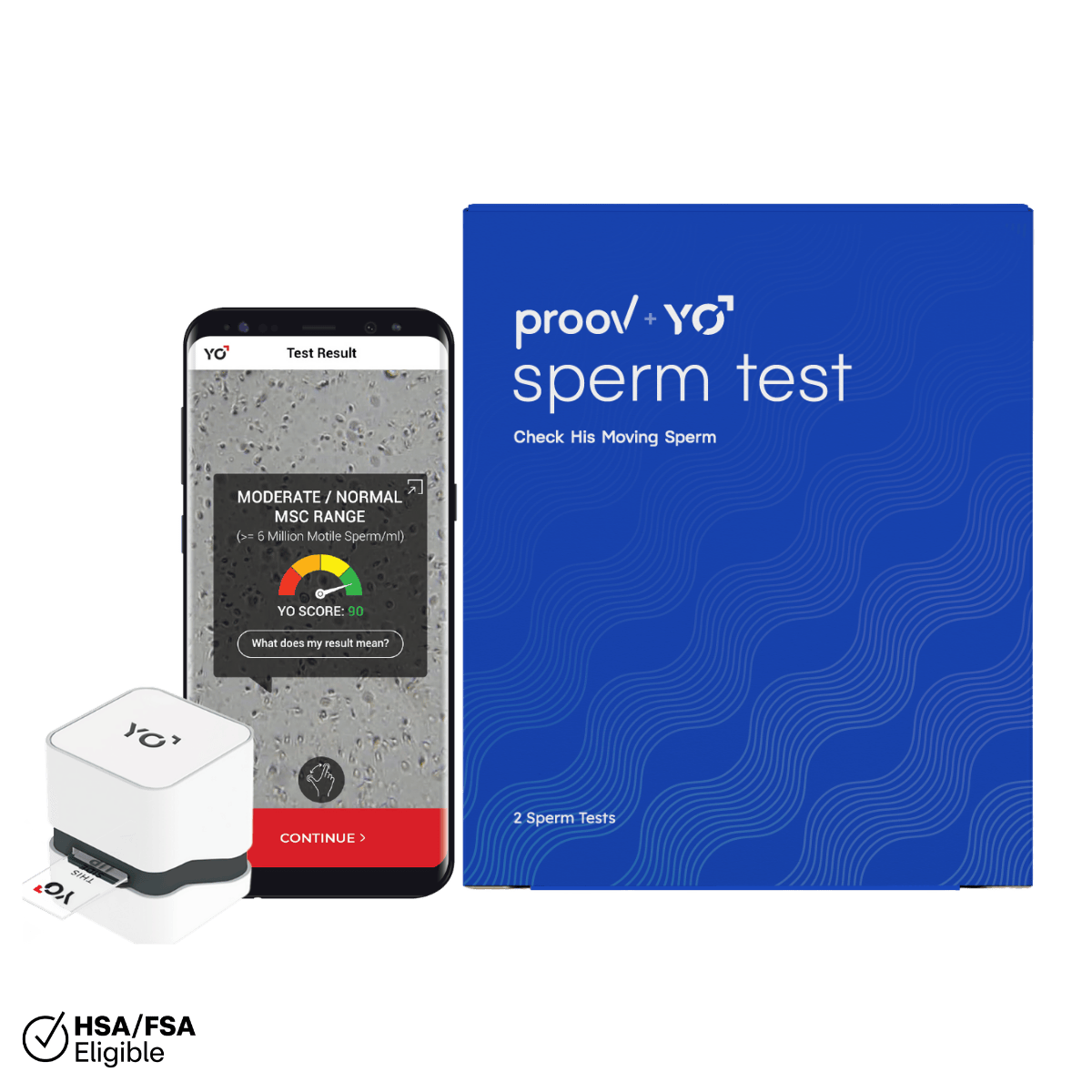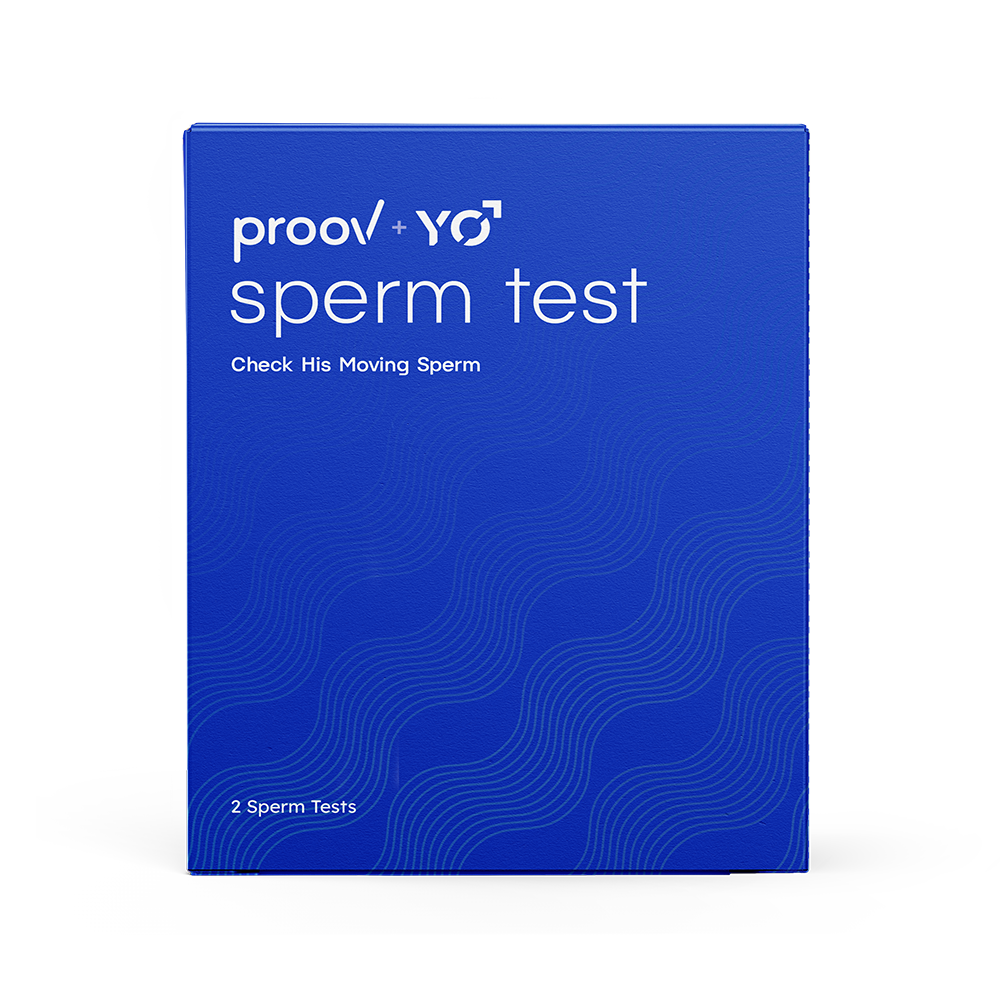Written on 3/29/21
There are plenty of hormone tests out there that can help you reach your fertility goals faster — LH, PdG, and hCG, just to name a few. Each is used at different times during your cycle and provides you with different pieces of information.
Today we’re going to dive into the world of PdG tests, including when you use PdG tests. Keep reading to learn more!
What is PdG?
PdG (Pregnanediol Glucuronide) is the urine metabolite of progesterone. Progesterone is the hormone released after you ovulate and is necessary to prepare the uterus for implantation.
After ovulation occurs, progesterone is produced by the empty follicle from which the egg was released (also called the corpus luteum). Progesterone stabilizes the uterine lining and makes it “sticky” enough to allow for an embryo to implant. It also ensures there is a healthy uterine environment in which an embryo can thrive and prevents any early contractions.
If you successfully conceive, progesterone will remain high throughout the implantation window and early pregnancy. If you do not conceive, your progesterone levels will decrease and the uterine lining will then begin to shed, leading to the start of your period.
After it circulates through the bloodstream, progesterone is metabolized by the liver and excreted from the body in urine in the form of PdG. Studies show that PdG levels in first morning urine show an average of all progesterone blood levels from the day before.
What is a PdG test?
A PdG test is a urine-based hormone test strip. While a PdG test strips looks similar to an ovulation test, they are in fact two different things!
Ovulation tests measure luteinizing hormone (LH) to predict when ovulation is going to occur. This is because a surge in LH triggers the ovary to release the egg. A positive ovulation test signals that LH is surging and that ovulation should occur in the next 24-36 hours.
On the other hand, PdG tests measure the urine metabolite of progesterone to confirm that ovulation did in fact occur. Since PdG tests are urine-based, they are also non-invasive, meaning you can test multiple days in a row (we’ll see why this is so important soon!).
Proov PdG tests are a great option to how to test pdg at home and are the first and only FDA cleared PdG tests to confirm successful ovulation at home.
Our tests are designed to turn positive when there is 5 ug/ml of PdG present in urine, which correlates to about 10 ng/ml of progesterone in blood.
A positive Proov PdG test confirms ovulation. You can use the free Proov Insight app to read you Proov PdG test result. It will determine whether the test is negative or positive, and provide your numeric PdG value.

Proov tests are considered positive when the test line has completely disappeared and only the control line is present.
Why should I use a PdG test?
At this point, you may be thinking, “Aren’t there other ways to confirm ovulation?” And yes — there are! Basal body temperature tracking and serum progesterone blood tests are good examples of this.
However, these methods only provide you with “yes I did” or “no I did not” ovulate. This gives you no insight into the success of your ovulation and successful ovulation is actually a critical piece when trying to conceive.
A “successful” ovulation refers to an ovulatory event in which an egg was released and PdG (and therefore progesterone) levels remain adequately elevated for long enough after ovulation to allow for the best possible chance at conception.
Proov PdG tests can confirm successful ovulation, while BBT or a progesterone blood test cannot. This is because Proov allows you to measure PdG levels over several days during the luteal phase, allowing you to confirm successful ovulation or determine if weak ovulation (or low PdG) may be preventing you from conceiving.
Proov PdG tests are the first and only FDA cleared PdG test kit to confirm successful ovulation at home, meaning an egg was released and PdG levels remained elevated for long enough to allow for the best possible chance at conception.
When do I use a PdG test?
There are two important things to consider when determining when to take PdG test: when to use it during your cycle and when to use it during the day. Understanding these two components will help you use the PdG test correctly and get accurate results.
When to use a PdG test during your cycle
When using Proov PdG tests, we recommend taking a test the day after your period ends. This test will be negative and we call it a baseline — it becomes useful later on in your cycle if you don’t get a stark positive result and want to tell if you’ve ovulated.
From there, we recommend tracking peak fertility using the method of your choice. Once you observe peak fertility (i.e. your first positive LH test), you’ll then count 7 days and test with Proov PdG on days 7, 8, 9, and 10 past peak. We like to see 3-4 positive PdG tests during this window, with a positive on day 10, to confirm that successful ovulation did in fact occur.
If you need help reading your Proov PdG tests, you can use the Proov app (available on iOS and Android) or email us at info@proovtest.com — we’re more than happy to help!
When to use a PdG test during the day
Proov PdG tests must be used with first morning urine (FMU) after at least a 6 hour hold. Failure to use first morning urine may result in inaccurate results. Although other hormone tests like LH tests can be used later in the day, you must test PdG levels with first morning urine.
Check out the following video if you have further questions about how to use Proov PdG tests!
Now that you know when to use Proov PdG tests, you are better prepared to confirm successful ovulation on your fertility journey!














